Automated uretero-intestinal anastamosis with absorbable staples
Project Overview
In patients with bladder cancer, the bladder can be either partially or completely removed. A procedure called a radical cystectomy is required to completely remove the bladder when cancer has invaded the muscle layer of the bladder. Afterwards, a section of the small intestine can be used to form a new bladder (neobladder). If the neobladder is not constructed, a ureostomy bag is implemented instead. However, in both procedures the ureters need to be connected to the new bladder tissue; this is currently done using absorbable sutures. There are several complications associated with this approach due to the invasiveness and length of the procedure. Our goal is to design and construct a stapler that is small enough to be passed through the ureter to perform automated uretero-intestinal anastomosis and secure the ureters to the neobladder or ureostomy bag with staples. In addition to fabricating a stapler, we will be responsible for designing and testing new materials to be used for biocompatible, absorbable staples. The tasks of this project will be divided over two semesters, we will be working on designing the stapler first semester and the staples second semester.
Team Picture
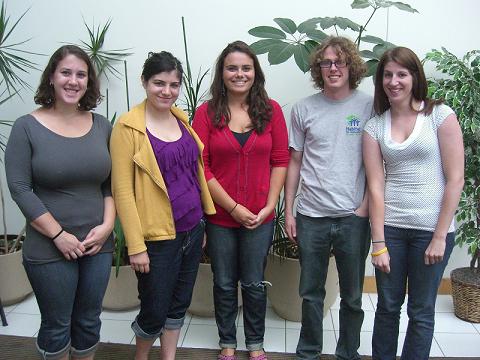
Images
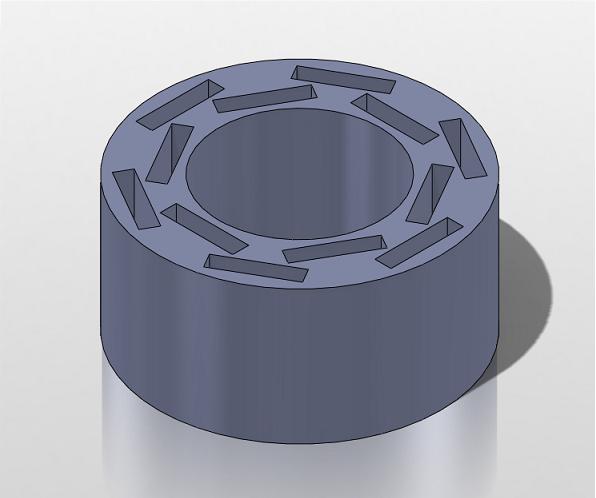
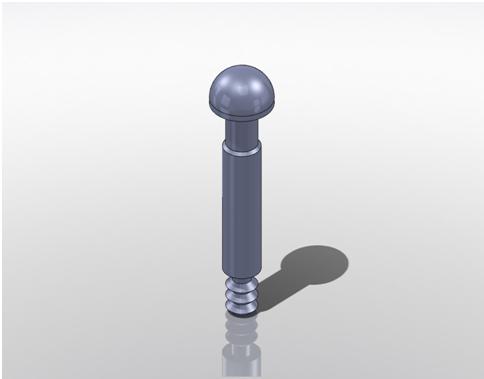
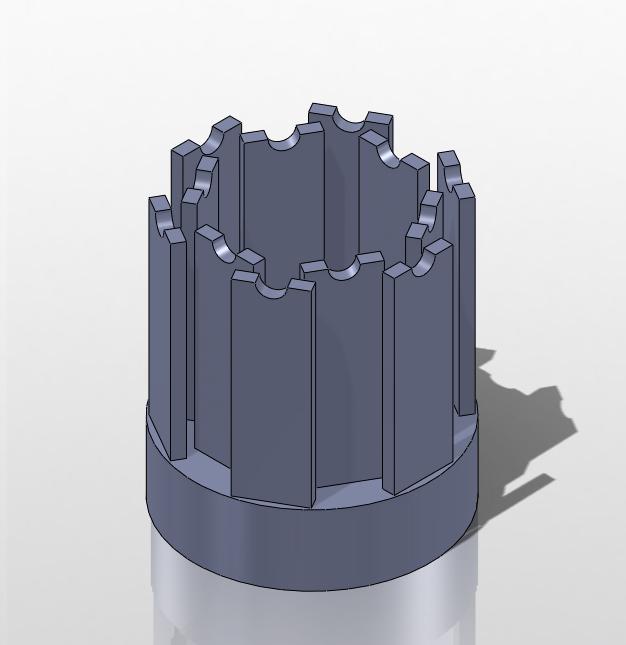
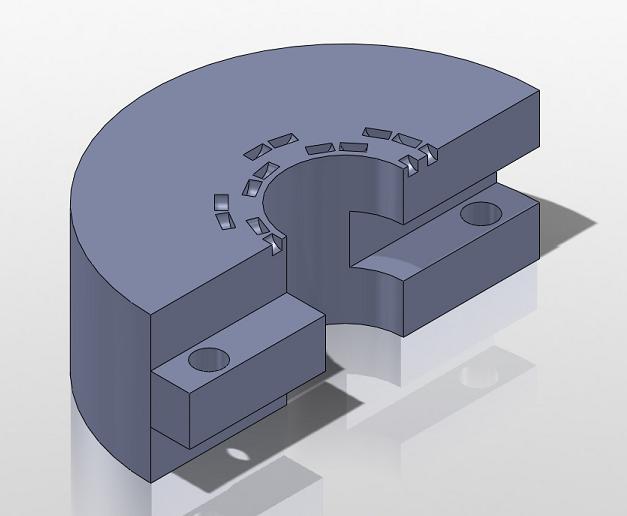
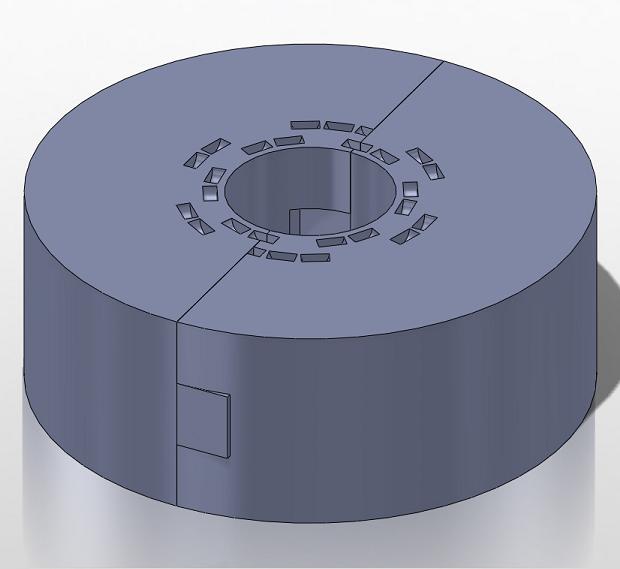
Files
- Final Paper (December 9, 2010)
- Poster (December 9, 2010)
- PDS - end of semester update (December 9, 2010)
- Midsemester presentation- pdf version (October 14, 2010)
- PDS (October 19, 2010)
Contact Information
Team Members
- Kimberly Safarik - Co-Team Leader
- Rebecca Clayman - Co-Team Leader
- Terra Gahlman - Communicator
- John Cheadle - BSAC
- Kathryn Pollock - BWIG
Advisor and Client
- Prof. Wan-Ju Li - Advisor
- Dr. Tracy Downs - Client
Related Projects
- Spring 2012: Automated uretero-intestinal anastamosis with absorbable staples
- Fall 2011: Automated uretero-intestinal anastomosis with absorbable staples
- Spring 2011: Automated uretero-intestinal anastamosis with absorbable staples
- Fall 2010: Automated uretero-intestinal anastamosis with absorbable staples
